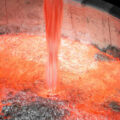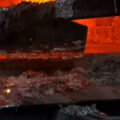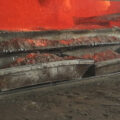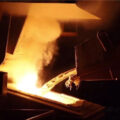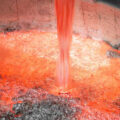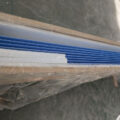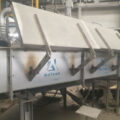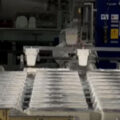Molten Aluminum Casting process is to add a certain proportion of electrolytic aluminum liquid and solid charge (remelted aluminum ingots, process waste, and various aluminum-based master alloys) to the melting furnace for smelting. While the electrolytic aluminum liquid is transferred into the melting furnace, various non-metallic inclusions and a large amount of alkali metals in the electrolytic aluminum liquid are also brought into the melting furnace. Usually, after the charge is completely melted in the melting furnace and reaches the specified temperature, the composition is analyzed, and when the composition reaches the specified requirements, it is introduced into the holding furnace for refining. Through refining, various inclusions, dissolved hydrogen and alkali metals in the aluminum melt are removed. During the casting process, the aluminum alloy melt is discharged from the discharge port of the holding furnace, and flows through the online degassing device, the online filtering device, and the distributing launder through the chute to enter the mold. The aluminum alloy casting blank is completed under the set process parameters. Semi-continuous casting.
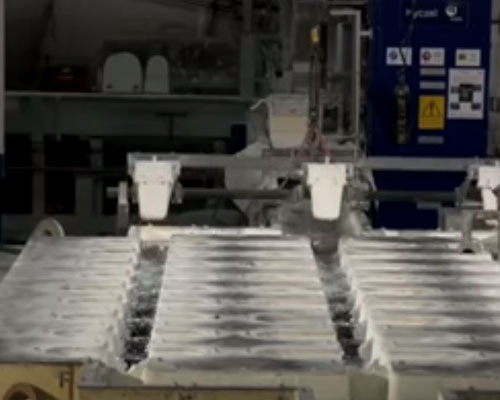
Because in the Molten Aluminum Casting process, all the melt processing is carried out in the melting furnace and holding furnace. Therefore, when the electrolytic aluminum liquid is injected into the melting furnace, various non-metallic inclusions and alkali metals in the electrolytic aluminum liquid enter the melting furnace together with the electrolytic aluminum liquid. This causes serious pollution of the aluminum alloy melt, leading to an increase in the inclusions and alkali metal content in the aluminum alloy melt. Once the refining treatment in the furnace is improper, non-metallic inclusions and alkali metal bases will remain in the cast product, reducing the casting performance of the aluminum alloy melt. Inclusion defects are formed in the molten cast product, which reduces the tensile strength and elongation of the alloy. Even cracking of molten cast products due to sodium brittleness and subsequent cracking of products during rolling processing. At the same time, due to the high content of inclusions in the aluminum alloy melt, the hydrogen content in the aluminum alloy will increase, which increases the tendency of aluminum alloy casting products to form pores and loose defects.
AdTech offers online degassing system, CFF filtering box, and high-quality trough, distributing launder, and other hot top casting parts for short-flow casting process.




